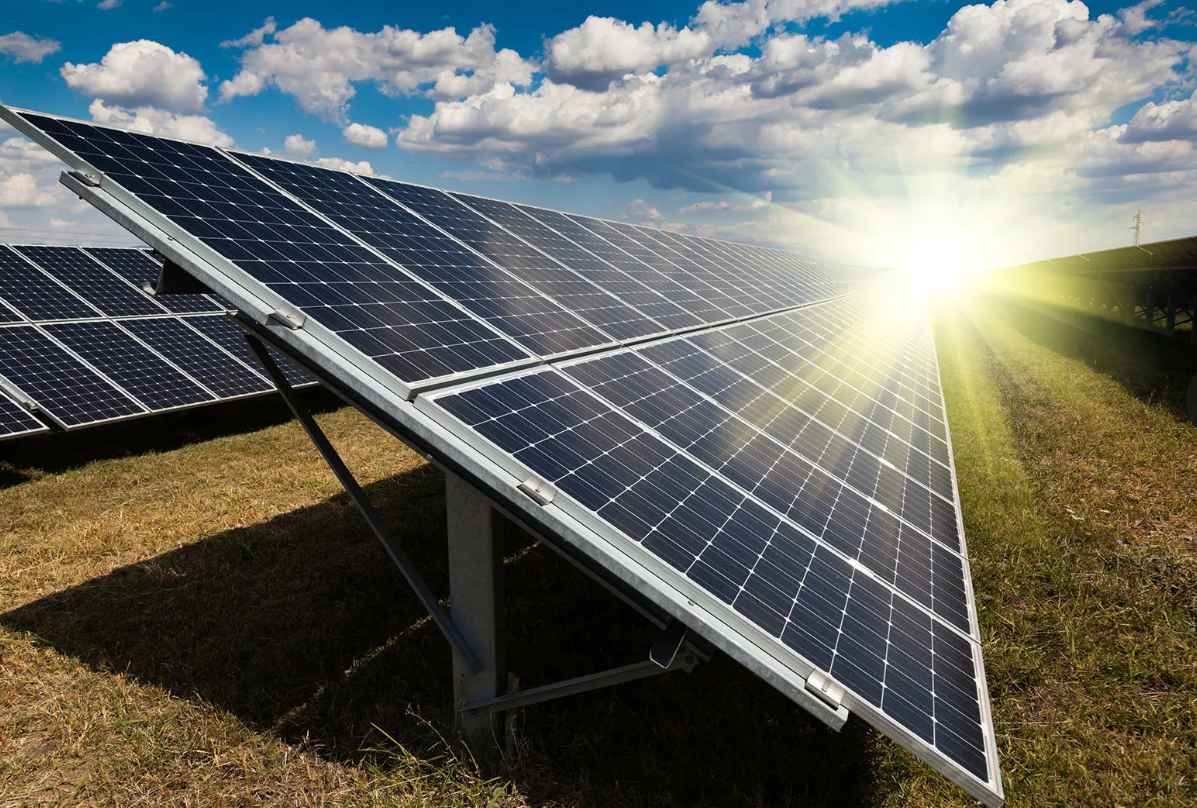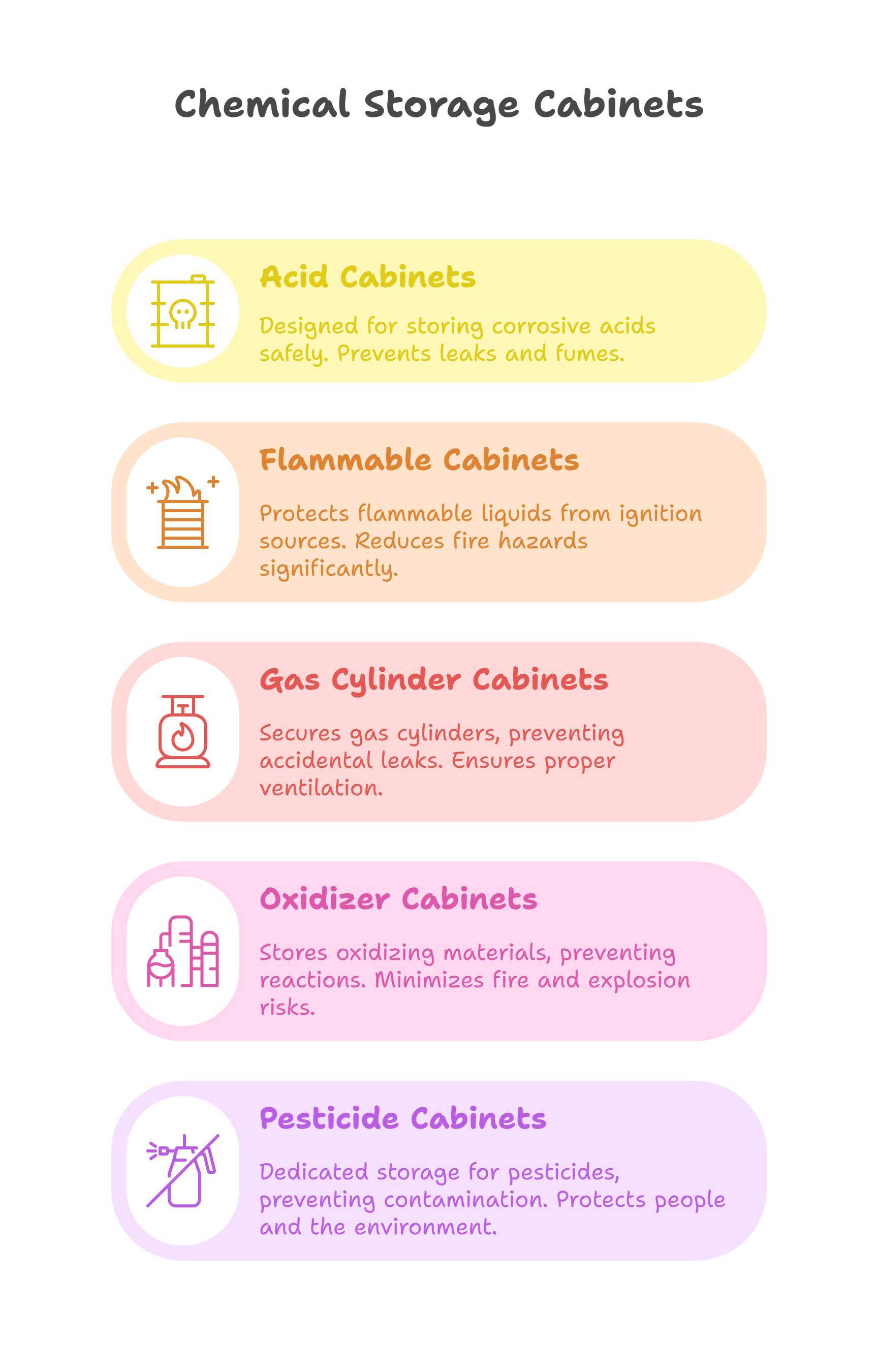The practical exams of the West Bengal board are right around the corner. As such, students of Higher Secondary grade (class XI, XII) of the WBCHSE board will benefit from this list of WBCHSE Chemistry Practical Experiments. Your school would need to teach you to perform all of the following lab experiments in order for you to succeed at the HS practical exams.
The board of education in West Bengal, namely the West Bengal Council of Higher Secondary Education , has released the chemistry syllabus 2022. Accordingly, we are presenting here the chemistry lab syllabus 2022 for HS WB board. You can refer to this list of experiments when learning the HS chemistry practicals.

Labkafe’s West Bengal Board (WBCHSE) Chemistry Lab Package has all the lab equipment, apparatus and glassware you need to perform the experiments and practices mentioned in this list of practicals for HS west bengal board for classes 11 & 12. With the help of this package, you can easily demonstrate and perform all of these experiments.
WBCHSE Chemistry Practical Syllabus for Class XI
For class 11, the WBCHSE chemistry practical syllabus has a total of 19 experiments and practices, of a total 30 marks in the exam. Among them, volumetric analysis takes 10 marks, salt analysis takes 8 marks, and content experiments and viva-voce both take 6 marks. The practicals are supposed to be 60 periods long in total. The list of experiments is as follows:
Basic Laboratory Techniques
- Cutting glass tubes and glass rods
- Bending of a glass tube
- Drawing out a glass jet
- Boring a cork
Purification and characterization of some chemical substances
- Determining the melting point of an organic compound
- Determining the boiling point of an organic compound
- Crystallization of impure samples of the following substances:
- Alum
- Copper Sulphate
- Benzoic Acid
PH and pH change related experiments
- Determining the pH of a given solution among the following with indicator paper or solution:
- Fruit juices
- Acids of various concentrations
- Bases of various concentrations
- Salts of various concentrations
- Comparing the pH levels of the different acids in the same concentrations.
- Studying the change in pH in the titration of a given strong base solution using an universal indicator.
- Study of pH change of weak acids and bases by act of the common ion effect.
Studying and understanding chemical equilibrium
- Study the shift in the equilibrium when changing the concentration of the following positive and negative ions from the following sets:
- ferric and thiocyanate ions
- Cobaltous and chloride ions
Quantitative analysis and estimation
- Practice using a chemical balance.
- Preparing oxalic acid standard solution.
- Using a standard solution of oxalic acid to titrate a given solution of sodium hydroxide and thereby determining the strength of the latter.
- Preparing sodium carbonate standard solution.
- Using a standard solution of sodium carbonate to titrate a given solution of hydrochloric acid and thereby determining the strength of the latter.
Qualitative analysis and estimation
- Finding out the positive and negative ions in a given water-soluble salt. The following cations and anions are included in the test:
- Cations of: lead, copper, arsenic, aluminum, ferric, manganese, nickel, zinc, cobalt, calcium, strontium, barium, magnesium, ammonium
- Anions: carbonate, sulphide, sulphite, sulphate, nitrite, nitrate, chloride, bromide, iodide, phosphate, chromate, acetate
Detection of some elements
- Detection of the following elements:
- Nitrogen
- Sulphur
- Chlorine

WBCHSE Chemistry Practical Syllabus for Class XII
The class 12 chemistry practical syllabus for west bengal board consists of 21 experiments for 30 marks. The marks distribution is the same as of class 11. If you are a 12th standard student, you can use the list below to understand what can be expected from you to perform in the practical exams.
Surface chemistry
- Learning to prepare lyophobic and lyophilic solutions from the below mentioned:
- Lyophilic: starch, egg albumin, gum
- Lyophobic: aluminum hydroxide, ferric hydroxide, arsenious sulphide
- Studying how emulsifying agents can stabilize emulsions of various oils
Chemical Kinetics
- Study the effect of changing concentration and temperature on reaction rate of sodium thiosulphate and HCl.
- Studying the reaction rates in the following interactions:
- Reaction of different concentrations of iodine salts with hydrogen peroxide (with constant temperature).
- Reaction of sodium sulphite and potassium iodate with starch solution indicator. Monitor the changes over time (reversible reaction, clock reaction) at room temperature when varying the concentrations of either reacting chemicals.
Thermochemistry
- Study the change of temperature (enthalpy) when preparing solutions of copper sulphate or potassium nitrate.
- Study the generation of heat when reacting a strong acid to a strong base.
- Find out the amount of heat change when interacting acetone and chloroform (hydrogen bond formation).
Electrochemistry
- Measure the change of voltage of an electrolytic cell (with copper or zinc sulphate solution) when changing the concentration of the solution.
Chromatography
- Paper chromatography: determine Rf values of different pigments present in leaves and flowers.
- Affinity chromatography: separate two cations with very different Rf values present in a mixture of salts.
Preparation of inorganic salts
- Prepare various double salts such as:
- Ferrous ammonium sulphate
- Potash alum
- Potassium ferric oxalate
Preparation of organic compounds
- Prepare the following organic compounds:
- Acetanilide
- Di-benzal acetone
- p-Nitroacetanilide
- Aniline Yellow
- 2-Napthol aniline dye
- Iodoform
Determining functional groups present in compounds
- Find out the presence of the following functional groups:
- Test of unsaturation
- Alcoholic
- Phenolic
- Aldehydic
- Ketonic
- Carboxylic
- Amino (primary)
Characteristics determination of food elements
- Determine the presence of macronutrients in foodstuff: carbohydrates, proteins, fats.
Determination of molarity and concentration
- Prepare standard solutions of oxalic acid and ferrous ammonium sulphate.
- Find out the molarity and concentration of potassium permanganate solution by titration with the following:
- Standard solution of oxalic acid
- Standard solution of ferrous ammonium sulphate
Salt Analysis
- Perform qualitative analysis to find out the presence of cations and anions in a given water-soluble salt. The following ions need to be identified:
- Cations of: lead, copper, arsenic, aluminum, ferric, manganese, nickel, zinc, cobalt, calcium, strontium, barium, magnesium, ammonium
- Anions: carbonate, sulphide, sulphite, sulphate, nitrite, nitrate, chloride, bromide, iodide, phosphate, chromate, acetate
The above was the WBCHSE chemistry practical syllabus for classes XI XII. YOu can find the full chemistry syllabus by visiting wbchse.nic.in which is the official website of the West Bengal Council of Higher Secondary Education. You can peruse this curriculum to figure out what may be expected from you in the higher secondary chemistry practical examination.

Now, it is well known that many schools do not cover the full practical syllabus for various reasons. If you find that is the case, you can apply to Labkafe to enlist in our practical tutorial program. In this, you can not only learn the missing parts of your chemistry practical syllabus, but also you can learn expert tips and tricks to perform difficult and complicated experiments easily and effectively.
All of the experiments mentioned above, for both classes 11 & 12 for the WB board chemistry lab practicals, can be done using our WBCHSE Chemistry Lab Equipment Package. It includes all the laboratory equipment, apparatus, glassware, instruments and support items that you may need to carry out any and all of the experiments in this curriculum. Call now or write to [email protected] to get a quote on this package.












Leave a Reply